1. The High Court has described the trust as a “…creature of equity…” subject to the jurisdiction of a court of equity. The essential feature of every trust is that one person is an owner of property, but is bound to use their position as owner for the benefit of another or for the advancement of a purpose. The defining characteristics of a trust are that it is a relationship that:
is of a fiduciary character;
exists with respect to property and involves more than merely personal duties;
subjects the person holding title to the property (that is, the trustee) to duties to deal with that property for the benefit of charity or one or more persons, at least one of whom is not the trustee (that is, the beneficiary or beneficiaries); and
arises out of a manifestation to create that relationship.
2. Trusts play a significant role in Australia and are used to serve a variety of private and commercial functions. Similarly, trusts can range from small private trusts established for the benefit of a family to large trusts that facilitate investment by members of the public. Based on independent research commissioned by the Australian Taxation Office (ATO), the ATO estimates that trusts derived income more than $340 billion in the year ending 30 June 2014 and that there will be more than one million trusts in Australia by 2020.
3. Despite their ubiquity, the law that applies to trusts is often misunderstood and misapplied. For example, in 2016, the ATO stated that it had observed a number of cases in which taxpayers were asserting that the vesting of a trust did not cause any change in the terms of the trust and functioned as they did prior to vesting. Similarly, other cases were encountered where taxpayers had argued that a trust need not vest if a trustee exercised a power to extend the trust’s vesting date after its original vesting date had passed.
4. In response to those cases, the ATO issued a draft taxation ruling, Draft Taxation Ruling TR 2017/D10 (the Draft Ruling), in December 2017. The purpose of the Draft Ruling was to set out the ATO’s views and to invite comment. Following the receipt of comments and submissions, the ATO finalised the Draft Ruling and issued it as Taxation Ruling TR 2018/6 (TR 2018/6) in August 2018, which was, in substance, the same as the Draft Ruling. As to its content, TR 2018/6 addresses the following matters:
amending a trust’s vesting date, including an analysis of whether CGT event E1 happens when a trust's vesting date is amended;
the trust law consequences of a trust vesting;
the CGT consequences of a trust vesting; and
the taxation of a trust's net income after the vesting date.
The purpose of this seminar and this accompanying paper is to:
provide a contemporary overview of trust vesting, including the key principles and statutory provisions that govern the vesting of a trust in Victoria;
analyse the taxation consequences of a trust vesting, particularly with respect to the capital gains tax provisions of the Income Tax Assessment Act 1997 (Cth) (the 1997 Act) and Division 6 of the Income Tax Assessment Act 1936 (Cth) (the 1936 Act);
outline the process and taxation consequences of amending the vesting date of a trust;
set out the ATO’s views and approaches regarding trust vesting as encapsulated in TR 2018/6; and
in sum, apprise practitioners of some of the main issues that may arise from the vesting of a trust.
The full paper is available to Sladen Smart Members sign up/login here to continue reading

